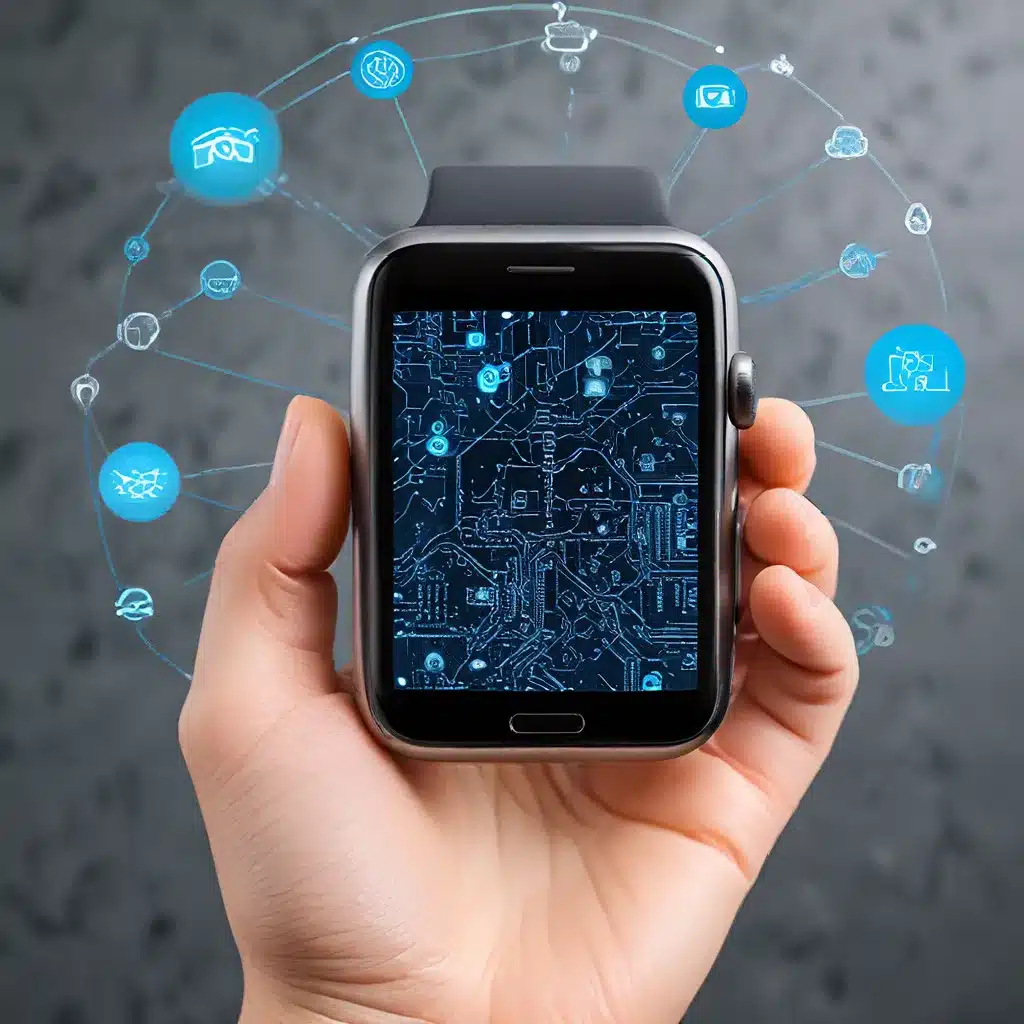
In the rapidly evolving world of technology, the Internet of Things (IoT) has emerged as a transformative force, revolutionizing the way we interact with our surroundings. At the heart of this revolution lies the sensor network, a critical component that enables the seamless collection, analysis, and exchange of data. As we delve into the intricacies of this dynamic landscape, we uncover the immense potential of sensor ecosystems and their profound impact on industries, energy management, and the future of connected living.
Navigating the Sensor Network Landscape
Sensor networks are the foundation upon which IoT ecosystems are built. These interconnected systems of sensors, gateways, and data processing platforms work in tandem to gather and transmit real-time information from the physical world. From tracking environmental conditions to monitoring industrial processes, sensor networks have become indispensable tools for decision-makers across various sectors.
As the IoT ecosystem continues to evolve, the complexity of sensor network design has increased exponentially. Factors such as network topology, connectivity protocols, and data management strategies all play a crucial role in the optimal performance and scalability of these systems. Understanding these key design considerations is essential for organizations seeking to harness the full potential of sensor-driven IoT applications.
Topology and Connectivity Protocols
The choice of network topology and connectivity protocols can significantly impact the efficiency, reliability, and security of a sensor network. From centralized architectures to distributed mesh networks, the optimal design depends on the specific requirements of the application, such as coverage area, data transmission rates, and power constraints.
Similarly, the selection of connectivity protocols, such as Wi-Fi, Bluetooth, Zigbee, or LoRaWAN, is crucial in ensuring seamless data exchange and interoperability within the IoT ecosystem. Each protocol offers unique advantages in terms of range, power consumption, and data throughput, necessitating a careful evaluation of the tradeoffs to meet the demands of the application.
Data Management and Analytics
The sheer volume of data generated by sensor networks presents both challenges and opportunities. Effective data management strategies, including edge computing, cloud-based analytics, and real-time data processing, are crucial in unlocking the full potential of sensor-driven insights.
By leveraging advanced analytics and machine learning algorithms, organizations can transform raw sensor data into actionable intelligence. This empowers decision-makers to optimize processes, predict maintenance needs, and make informed strategic decisions that drive innovation and sustainability.
Securing the IoT Ecosystem
As sensor networks become increasingly integrated into our daily lives and critical infrastructure, the importance of robust security measures cannot be overstated. Cyber threats, such as data breaches, unauthorized access, and network disruptions, pose significant risks to the integrity and reliability of IoT systems.
To address these challenges, security experts have developed a multilayered approach that encompasses device authentication, data encryption, network segmentation, and advanced intrusion detection systems. By implementing these security best practices, organizations can safeguard their sensor-driven IoT ecosystems and ensure the privacy and integrity of the data collected.
Powering the Future: Energy-Efficient Sensor Networks
One of the key challenges in sensor network design is energy management. Sensor nodes, often deployed in remote or hard-to-reach locations, require efficient power solutions to ensure continuous operation and reliable data transmission.
Solar-powered sensors, energy-harvesting techniques, and low-power communication protocols have emerged as innovative approaches to address this challenge. By optimizing energy consumption at the device and network levels, organizations can extend the lifespan of their sensor deployments and reduce the environmental impact of their IoT initiatives.
Furthermore, the integration of renewable energy sources and smart grid technologies into sensor networks has the potential to revolutionize energy management in various sectors, such as smart cities, industrial automation, and agriculture.
Transforming Industries with Sensor-Driven IoT
The applications of sensor networks and IoT technology are far-reaching, with transformative impacts across a multitude of industries. From smart manufacturing and predictive maintenance to precision agriculture and connected healthcare, the wealth of sensor-driven data is reshaping the way organizations operate and deliver value to their customers.
Similarly, in the agricultural domain, sensor networks equipped with environmental and soil moisture sensors can provide precision insights to farmers, allowing them to make data-driven decisions about irrigation, fertilization, and crop management. This sustainable approach not only improves crop yields but also minimizes resource consumption and environmental impact.
Unlocking the Future: Sensor Network Innovations
As we look to the future, the continuous advancements in sensor technology, wireless communication, and data analytics promise even greater transformations in the IoT landscape. From micro-sensors and self-powered devices to edge computing and artificial intelligence, the sensor networks of tomorrow will redefine the way we interact with our environments and unlock unprecedented levels of efficiency, sustainability, and intelligence.
Key innovations on the horizon include autonomous sensor networks, predictive maintenance systems, and real-time environmental monitoring solutions. These cutting-edge developments will empower organizations to make more informed decisions, optimize resource utilization, and address societal challenges with greater agility and precision.
Embracing the Sensor Network Revolution
The sensor network revolution is underway, and it is transforming the way we perceive and interact with the world around us. By unlocking the potential of IoT through innovative sensor ecosystems, we are ushering in a new era of data-driven insights, sustainable practices, and intelligent decision-making.
As organizations and individuals embrace this transformative technology, the opportunities for enhanced efficiency, improved safety, and greater environmental stewardship are limitless. By leveraging the power of sensor networks, we can unlock a future where the physical and digital worlds seamlessly converge, unleashing a new wave of innovation, prosperity, and progress.